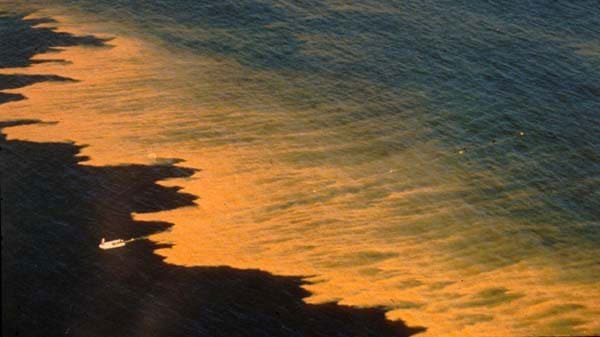
Woods Hole Oceanographic Institution
Contact: Donald Anderson, Mindy Richlen
Duration: 3 years (2021 – 2024)
The continental shelves of the Chukchi and Northern Bering Sea support dynamic ecosystems which in turn support both commercial fisheries and critical subsistence resources used by local communities. The warming climate has begun to cause huge changes in these ecosystems including the proliferation of harmful algal blooms. These blooms produce toxins which build up in the bodies of important shellfish and pinniped populations. To date, most research on harmful algal blooms in the Beringia region has been confined to the American side of the border, making it impossible to know the full extent of the situation. This project aims to expand collaboration between Russian and American scientists to better understand the full scope of the growth of algal blooms in the Beringia region. It will simultaneously produce K-12 educational resources and public events to engage communities impacted by harmful algal blooms.
Russian Component: The cornerstone of this project is the collaboration between Russian and American scientists to understand an issue which extends beyond international borders. Through collaboration with the National Scientific Center of Marine Biology, Far Eastern Branch, Russian Academy of Sciences, and other regional institutions this project will produce a clearer understanding of how harmful algal blooms are impacting the entirety of the Beringia region. Educational and research materials will be translated and distributed to affected communities in Chukotka, just as in Alaska.
Last updated: March 14, 2022
